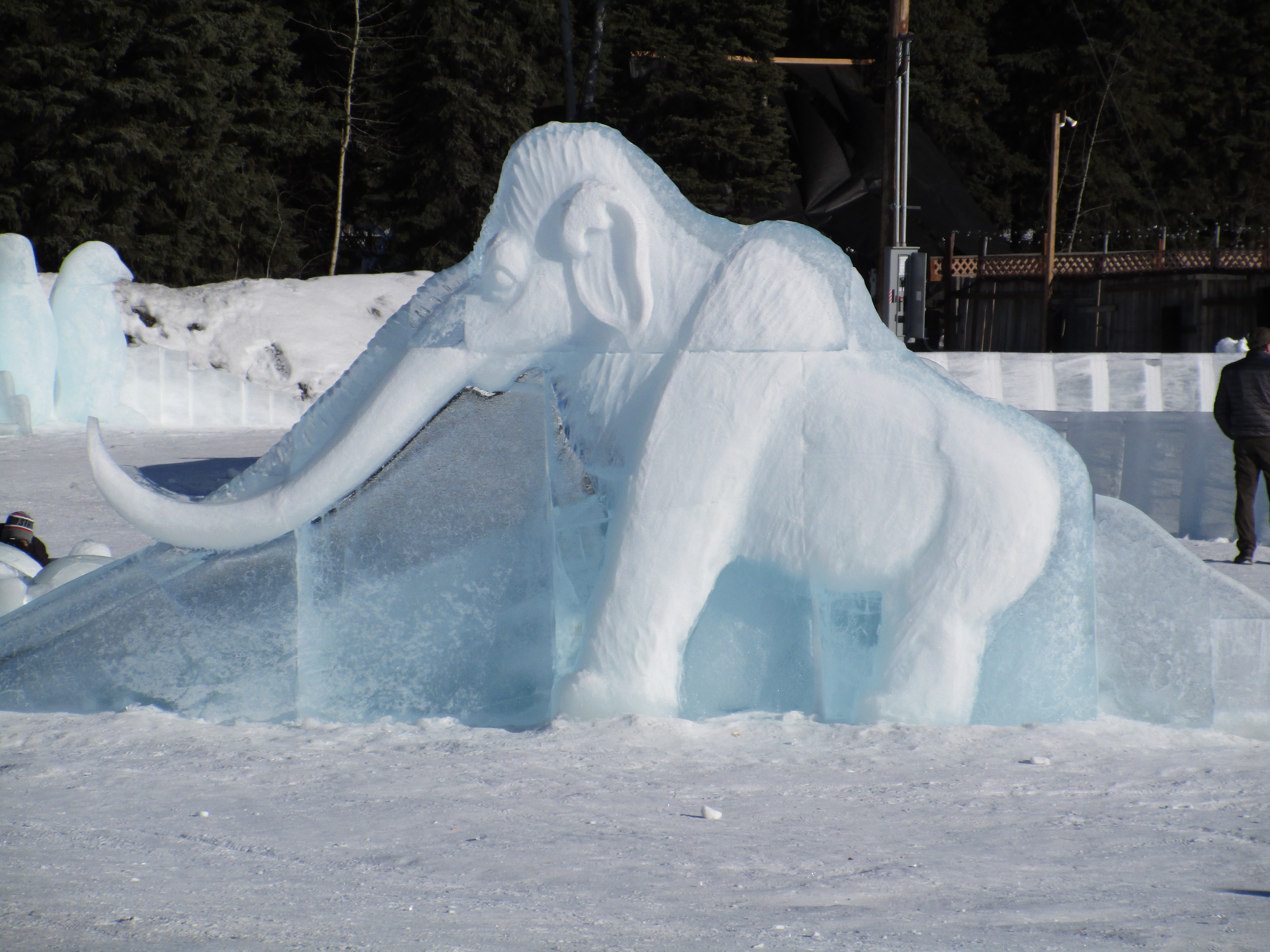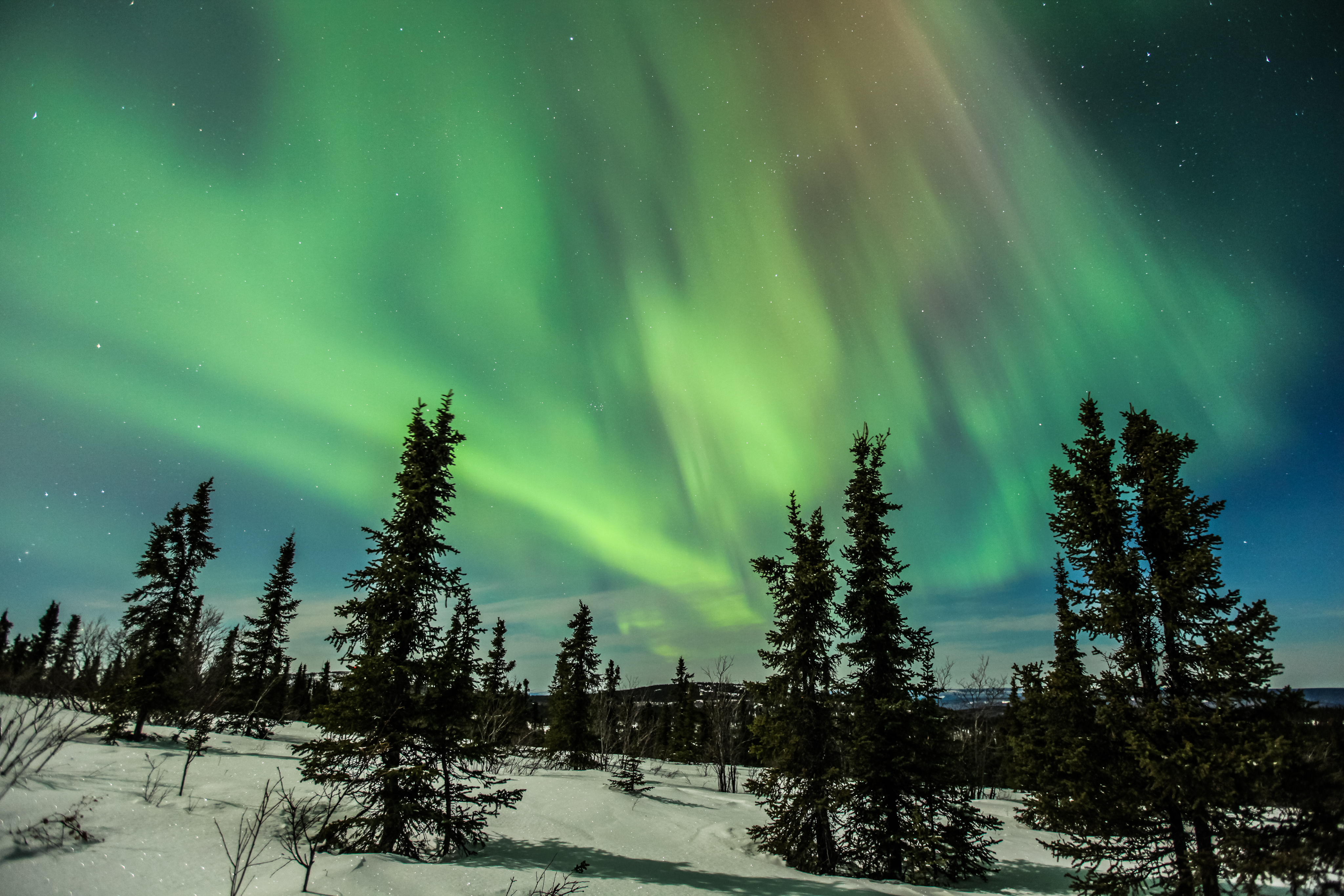Fairbanks sets visitor records thanks to winter tourism

The Inland Empire 483 miles from the ocean wouldn’t qualify it as a “shore-side excursion” in the traditional sense but that’s exactly how Fairbanks is designated as thousands of cruise ship visitors make their way directly from the dock to the train or bus that takes them to Interior Alaska.
Fairbanks saw new records set in tourism numbers the past two years as a rising number head toward it just as most visitors begin to leave the land of the midnight sun.
Bed tax collections for 2016 set a record high for the Fairbanks North Star Borough and tell part of the story of Fairbanks year-round record-setting.
Last year the borough, North Pole and Fairbanks combined, exceeded $5.2 million in collections for the first time. That surpassed 2015 as the previous record-breaker when the borough hit $5 million in bed tax collections.
A 9 percent increase between the two years represented a huge leap in the industry, said Deb Hickok, president and chief executive officer of Explore Fairbanks, the nonprofit tourism bureau.
The second part of the story is that while summer hosts more visitors than winter, growth in Fairbanks’ tourism numbers is coming from August to April.
“Developing the aurora and winter tourism seasons has strengthened the local Fairbanks region travel industry and provided more year-round jobs,” Hickok said. That’s been true for more than a decade, but not to the recent extent.
Over the past 10 years of summer and winter bed tax collections, Hickok analyzed numbers showing the average growth in the five-month May-September summer period was flat.
“But the seven-month October through April winter period grew an average of 6 percent,” she wrote in an email.
In 2008, winter collections accounted for 26 percent of the total collections, whereas in 2016, winter accounted for 35 percent of the total collections.
For Alaskans accustomed to the last tour bus door closing as darkness descends, that statistical switch turns the tourism seasons upside down.
“All our growth has been in winter. The bulk of the bed tax is summer but our growth is in winter,” Hickok said. “Summer has been pretty much flat since the recession.”
Another indicator measuring the growth came in hotel occupancy. The 103-room Candlewood Suites opened in December 2016, adding to the 21 other hotels in Fairbanks and one in North Pole. Fairbanks saw 67.5 percent occupancy rates in 2015 and 67.9 percent in 2016.
According to PKF Hospitality Research, the 65.6 percent occupancy level for 2015 “is an all-time record for the 27 years STR, Inc. has been reporting U.S. lodging industry performance.”
This means Fairbanks is over the national average in occupancy rates.
A third indicator comes in arrival and destination numbers, or A&O. In 2015, Fairbanks broke 1 million and in 2016, 1.1 million people. Since the number includes locals traveling back and forth, that too has to be factored in, Hickok said.

“Aurora is the main driver,” Hickok said. “We call from Aug. 21-April 21 the Aurora season. The northern lights start showing up that early, by late August.”
Fairbanks’ ideal location directly beneath the aurora oval and its clear, cold nights are beating out coastal Norway and other places north of the Arctic Circle prone to cloudiness, explains Matt Atkinson or the Northern Alaska Tour Co.
“We get less precipitation,” he said. “Our main competitors are coastal countries where they get fewer viewing days.”
Physically closer to the phenomenon and shielded from city lights by its valley placement, Fairbanks has increasingly sold itself as a winter destination. It’s also close enough to Wiseman and Deadhorse to take excursions there for additional viewing, said Adkinson, whose operation books rooms at the 104-room Coldfoot Camp throughout the winter.
“There’s not a lot of places globally where you can go to put yourself at that latitude,” he said.
Farther north, the Brooks Range protects views from Arctic Ocean weather systems.
“People are coming to see Alaska for the first time in winter. Even when it’s 30 or 50 below zero, winter sells itself,” he said.
Adkinson’s operation saw a switch from predominantly Japanese winter visitors to Chinese during Japan’s current recession. Perhaps most remarkable is the heavy spring break traffic in March when entourages of Chinese students attending American universities travel to Alaska, he said.
Florida spring break scenes of jubilant young people aren’t their attraction; winter cozy cabins and staying up until 4 a.m. to watch for the northern lights are the draw.
Winter employment saw a leap as well. Tour operators need bus drivers, pilots, camp supervisors in the remote places outside Fairbanks, cooks, guides, wood-cutters to fuel winter stoves. For Northern Alaska Tours, six year-round guides are now employed. A Yukon River camp is now open year-round, another first for Adkinson’s operation.
“We decided to take a chance on it for the first time this past winter,” he said.
The foods they serve also changed from Alaska comfort foods to specialty noodle dishes preferred by Asian visitors.
Americans still make up 50 percent of the visitors at the A Taste of Alaska Lodge, where the Eberhardt family is celebrating 25 years of business. The homestead proved up by World War II vet Walter Eberhardt in 1947 has stayed in the family and expanded over the past 70 years.
“We’ve seen a lot of changes,” said the third-generation’s Kory Eberhardt.
His own parents, Deb and Dave Eberhardt, started a B&B in the early ’90s when travelers came to Fairbanks via the Alaska Highway and were predominantly Americans and Canadians.
As cruise ship travel focused sights inland for “shore-side excursions,” Fairbanks grew in popularity for its Alaska Railroad terminus and the international traveler.
The homestead next to the Chena Hot Springs Road where Walter had raised hay, oats and barley, became the perfect setting for a lodge built in 1994 by Kory’s parents. He took over the operation in 2010.
“We used to get a lot of our bookings from retreats. Now, it’s mostly visitors coming for winter and they tend to stay longer, for four-five days at a time,” Eberhardt said.
They too are seeing a shift to Chinese visitors, and lots of students arriving in winter just as they celebrate A Taste of Alaska’s 25th anniversary.
Hickok says indications show changes in the Fairbank’s visitor industry are likely to stay constant for at least a few years to come, now that the Inland Empire and Land of the Midnight Sun monikers caught hold nationally and internationally.